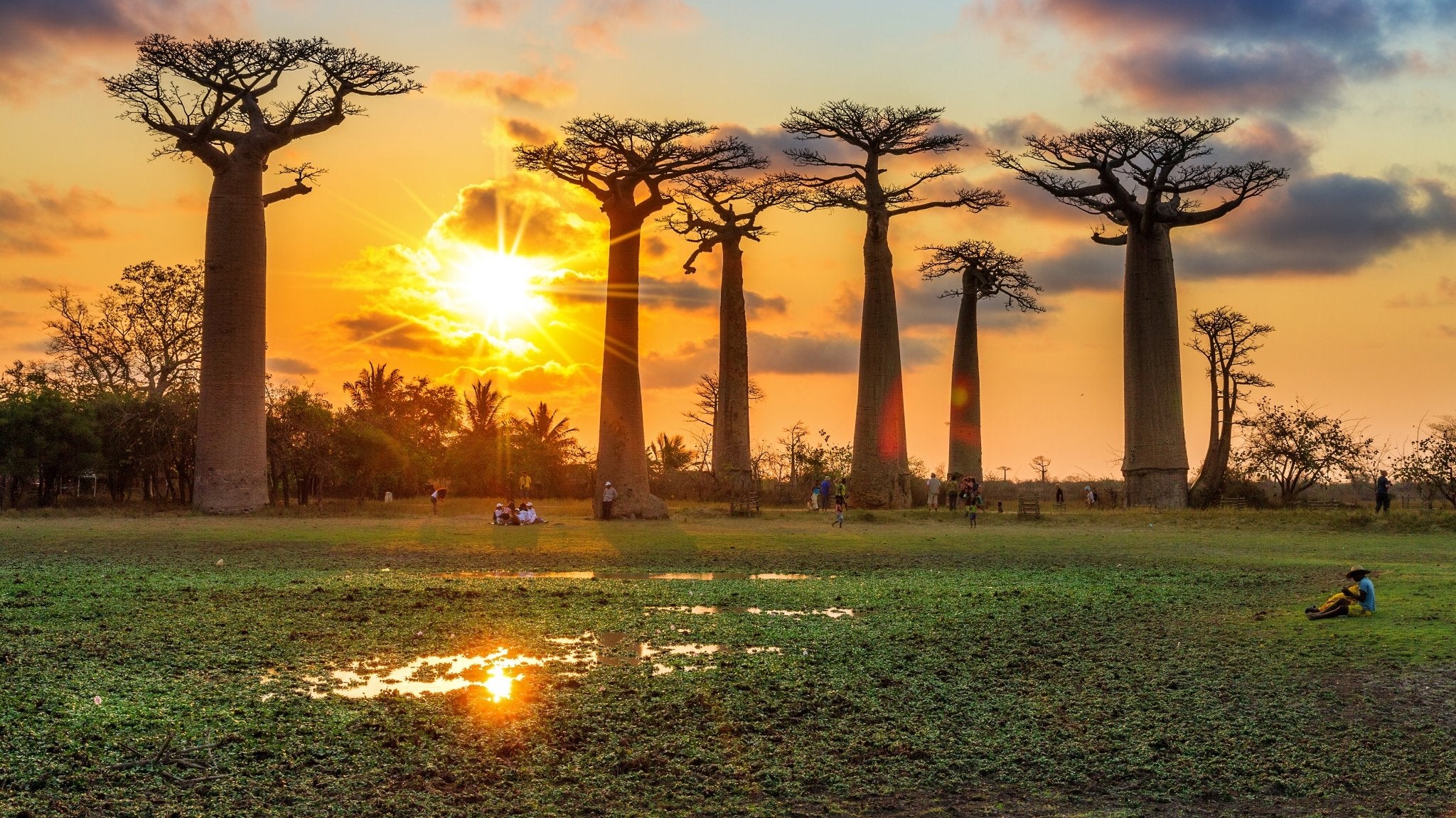
The Majestic Giants of the Savanna
Visually striking yet deeply rooted in tradition, there's nothing quite like Madagascar's iconic baobab tree. Known for its formidable size and almost mystical appearance, it looms large in both stature and significance throughout this incredible country.
Local communities have long relied on its life-sustaining properties – from nutritious fruits to healing remedies - while drawing inspiration from its heartiness through times good or bad. Witnesses to history itself, these venerable trees stand tall on the island's landscape as testament to their resilience. The crucial role played by the baobab tree cannot be overstated -- able to store an incredible amount of water thanks to its swollen trunk.
Supporting entire ecosystems that rely on them for survival is just one aspect; everything from medicinal uses to nutritional supplements are sourced from this wonder tree. The baobab tree, a symbol of Madagascar's cultural heritage, is more than just an icon. Its leaves are turned into the nutritious "romazava" dish, a Malagasy staple brimming with Vitamin C that's not just delicious but also healthy.
Apart from that, the tree's fruit is commonly known as "monkey bread," which is loaded with nutrients and can be made into various products like jam or juice. Meanwhile, its seeds have medicinal value due to its rich oil content while its bark is used for crafting rope and cloth. Although it faces significant threats from climate change and human activities, Madagascar must preserve this vital natural resource.
Baobab trees have withstood the test of time for centuries. However, rampant deforestation and over-exploitation jeopardize their existence today, posing consequences beyond the island country of Madagascar itself. The urgency surrounding this issue demands steps be taken towards protecting these majestic icons from extinction by education programs geared towards adopting sustainable harvesting methods and embarking on reforestation projects targeted at regenerating lost territories.
Protected by law, certain baobab trees are now off-limits for harvesting and cutting down.



